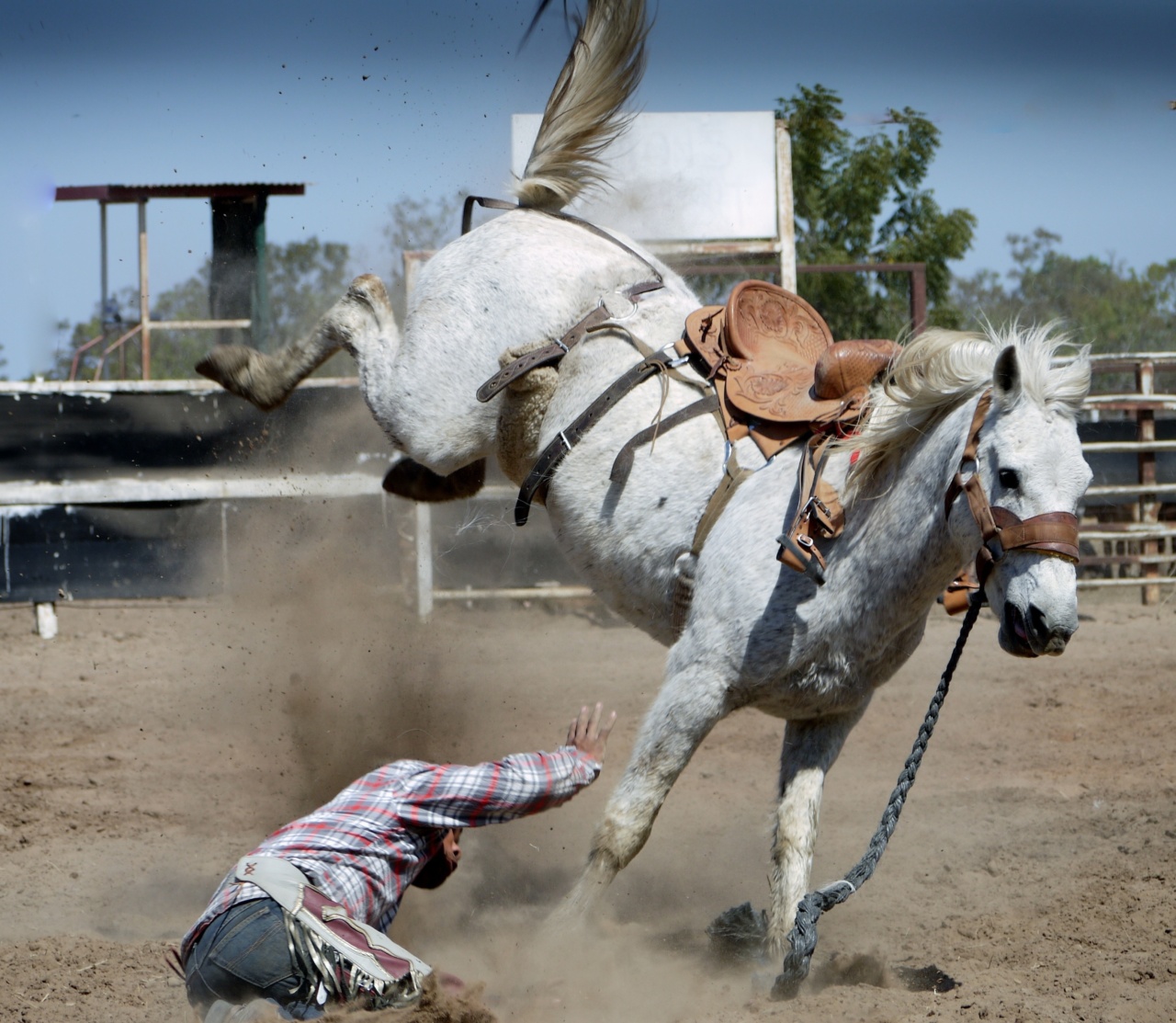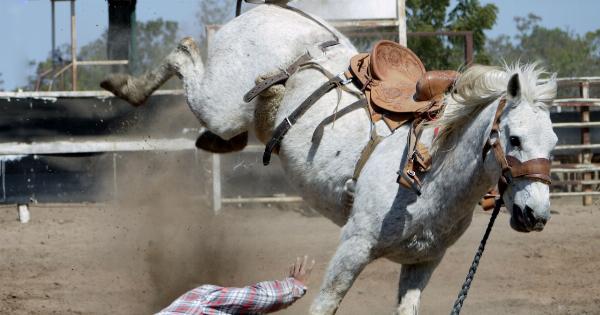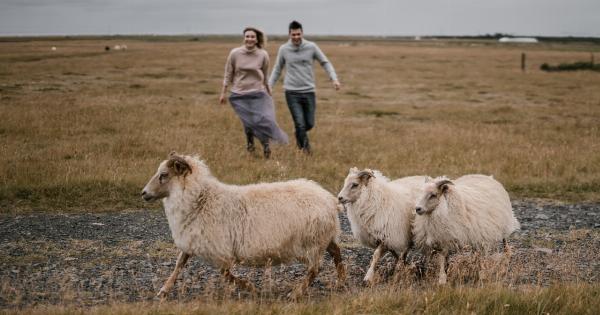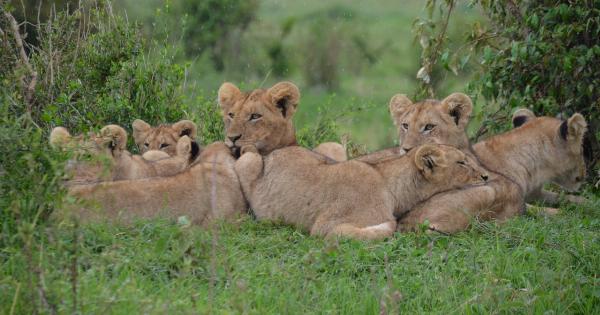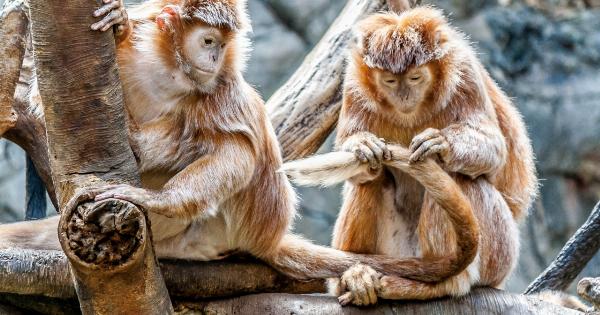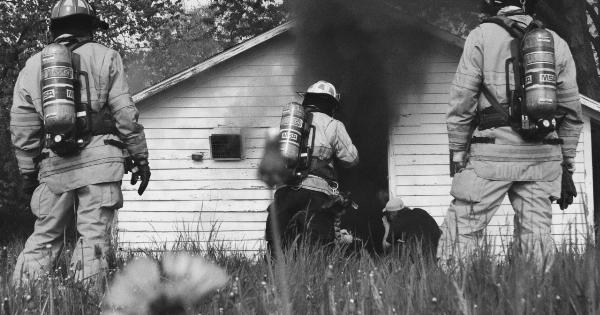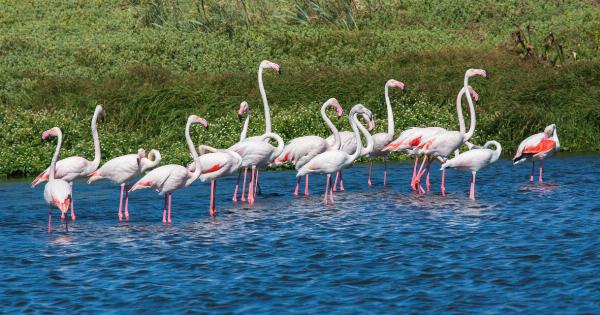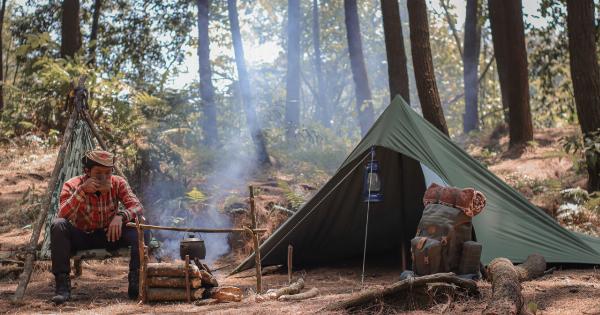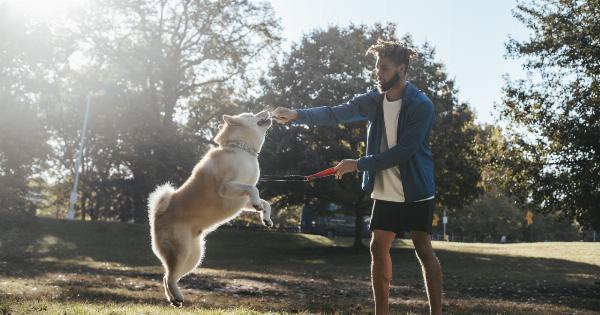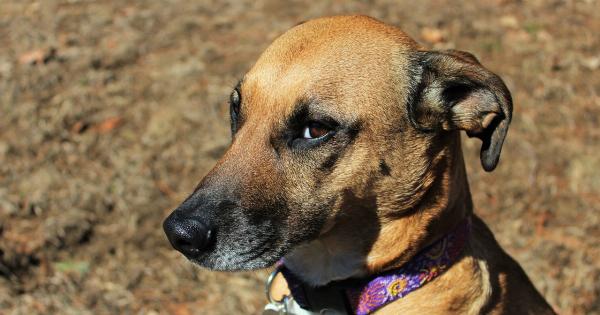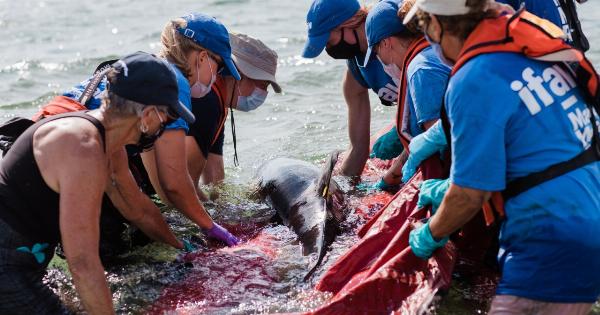Encountering an injured wild animal can be a distressing experience. Whether you stumble upon an injured bird, a stranded turtle, or a wounded squirrel, it is only natural to want to help.
However, it is important to remember that dealing with injured wildlife requires knowledge and caution in order to ensure both your safety and the well-being of the animal. In this guide, we will walk you through the steps of assessing, aiding, and contacting the appropriate authorities to assist injured wild animals.
1. Assess the Situation
Before taking any action, it is crucial to assess the situation carefully. Pay attention to the species, size, and condition of the animal. Observe its behavior from a safe distance to gauge how injured or distressed it may be.
Remember that wild animals are naturally fearful and may act defensively if they feel threatened.
2. Ensure Your Safety
Prioritize your safety when dealing with injured wildlife. If the animal is larger, aggressive, or potentially dangerous (such as a bear or a large bird of prey), keep a safe distance and do not attempt to handle it yourself.
If necessary, contact the appropriate authorities or wildlife rehabilitation centers for assistance.
3. Protect Yourself and Keep Calm
When approaching a smaller injured animal, take precautions to protect yourself. Wear gloves to avoid potential bites or scratches, as injured wildlife may act defensively due to pain or fear.
Speak softly and move slowly, keeping in mind that your calm demeanor can help reduce the animal’s stress.
4. Safely Contain the Animal
If the injured wild animal is small and relatively harmless, carefully and gently contain it in a secure, well-ventilated box or carrier. Use a towel or blanket to cover the animal, ensuring you leave enough space for it to breathe.
This will prevent further injury and control its movements while you seek professional assistance.
5. Do Not Offer Food or Water
While it may be tempting to offer food or water to an injured wild animal, refrain from doing so. In most cases, their dietary requirements and specialized care are best provided by professionals.
Inappropriate food or water sources can cause harm or discomfort to the animal, delaying its recovery or further endangering its health.
6. Contact Wildlife Rehabilitation Centers or Authorities
Once you have safely contained the injured animal, immediately contact your local wildlife rehabilitation center or animal control. Provide them with detailed information about the animal’s condition, behavior, and any other relevant details.
The professionals will guide you in terms of whether they can accept the animal directly or will need you to transport it to their facility.
7. Follow Expert Advice
When in contact with professionals, follow their instructions carefully. They are trained to handle and care for injured wildlife, so it is crucial to respect their expertise.
They may provide you with specific advice on how to transport, keep, or further assist the animal until they can take charge.
8. Educate Yourself on Local Wildlife
After encountering an injured wild animal, take the opportunity to familiarize yourself with the local wildlife in your area. Learn about the native species, their habitats, and their natural behaviors.
Understanding the wildlife around you enables you to better respond and take appropriate action in the future.
9. Promote Wildlife Conservation and Habitat Protection
Helping injured wild animals goes beyond the immediate rescue.
Supporting wildlife conservation efforts, such as preserving habitats and advocating for environmental protection, can create a safer and healthier environment for both animals and humans alike. Consider volunteering with local wildlife organizations or participating in community initiatives to protect wildlife.
10. Spread Awareness
Lastly, spread awareness about the importance of caring for injured wild animals responsibly. Share your experiences and knowledge with friends, family, and your community.
Encourage others to report injured wildlife promptly, fostering a culture of compassion and stewardship toward the natural world.
